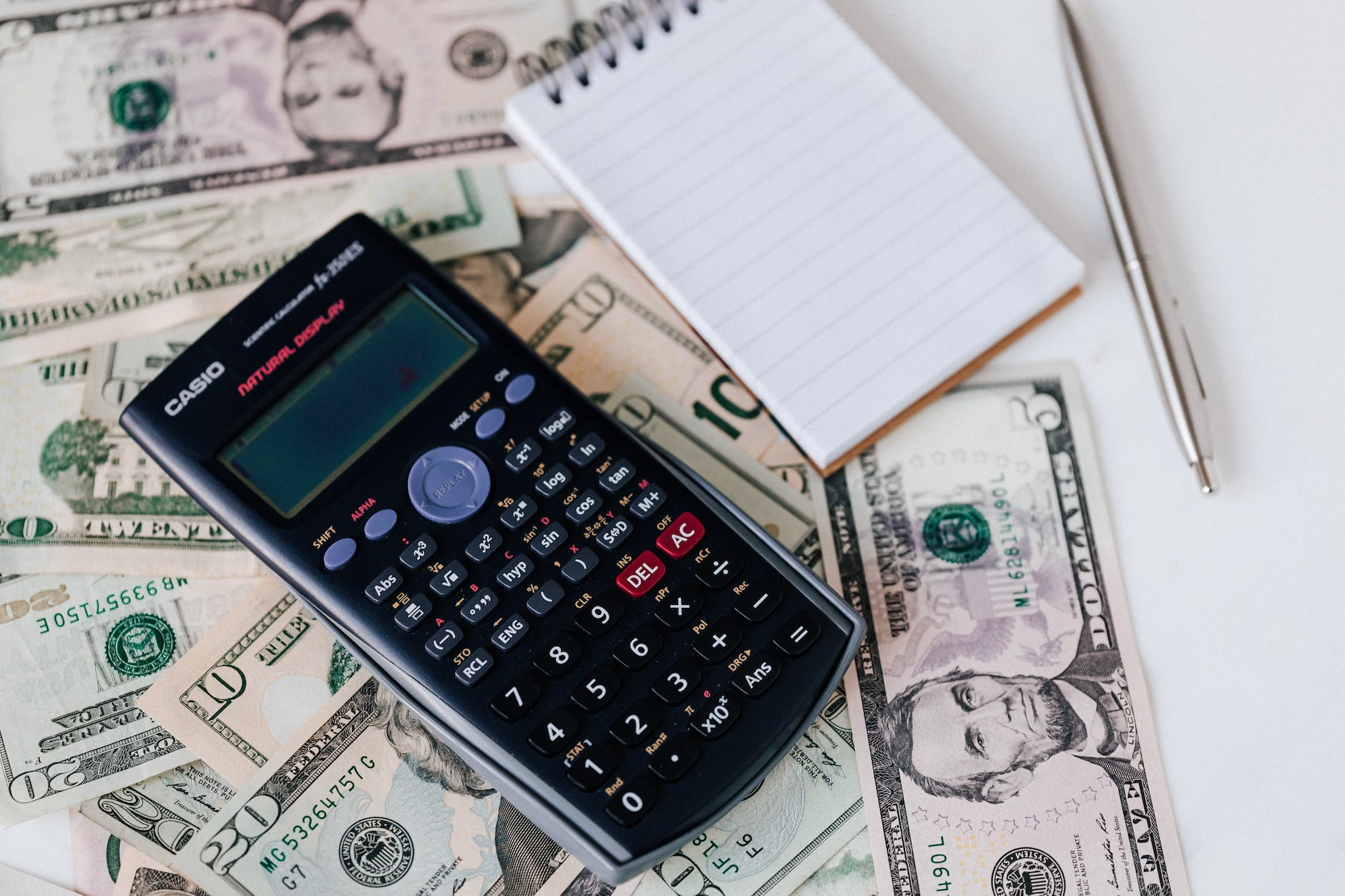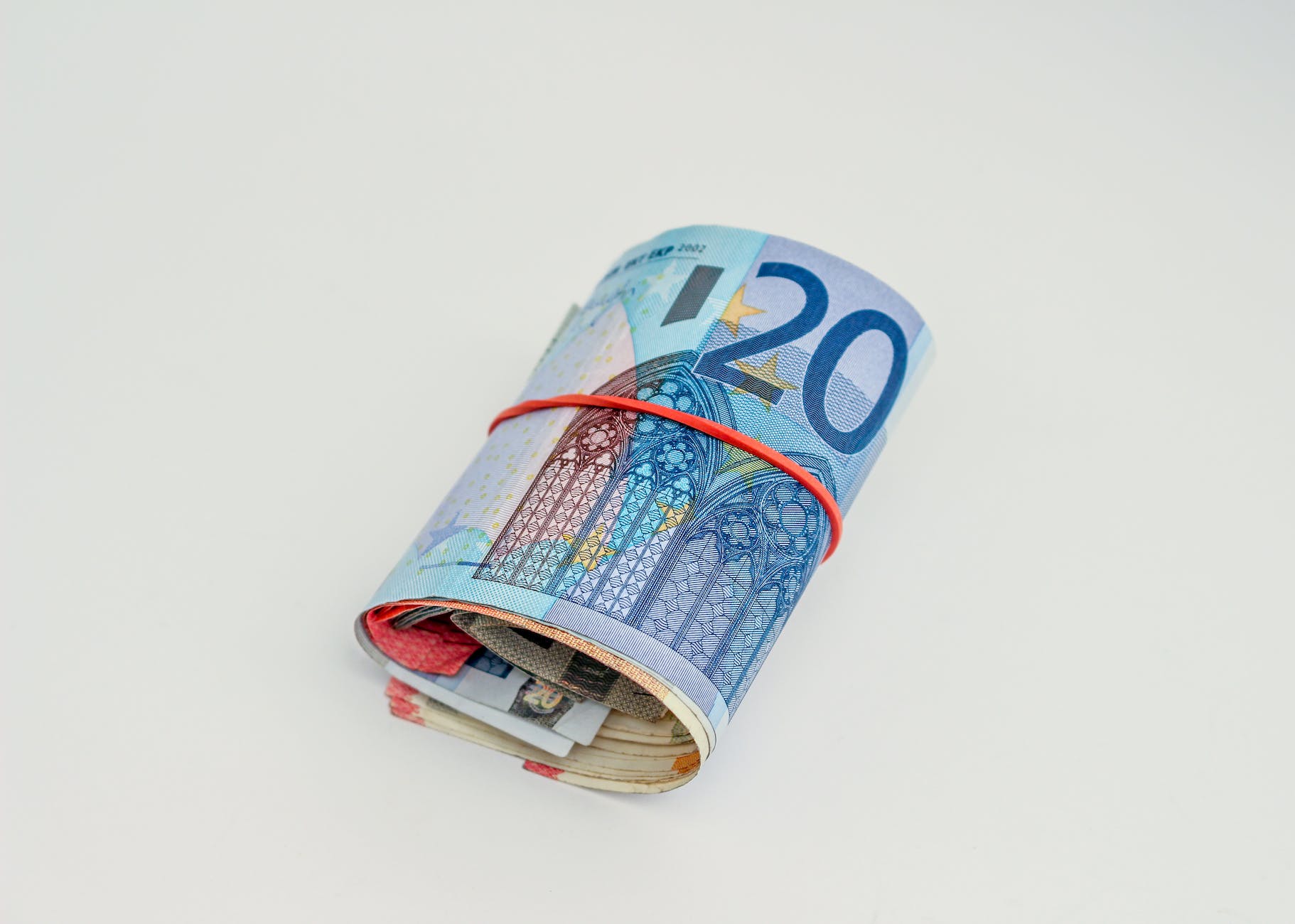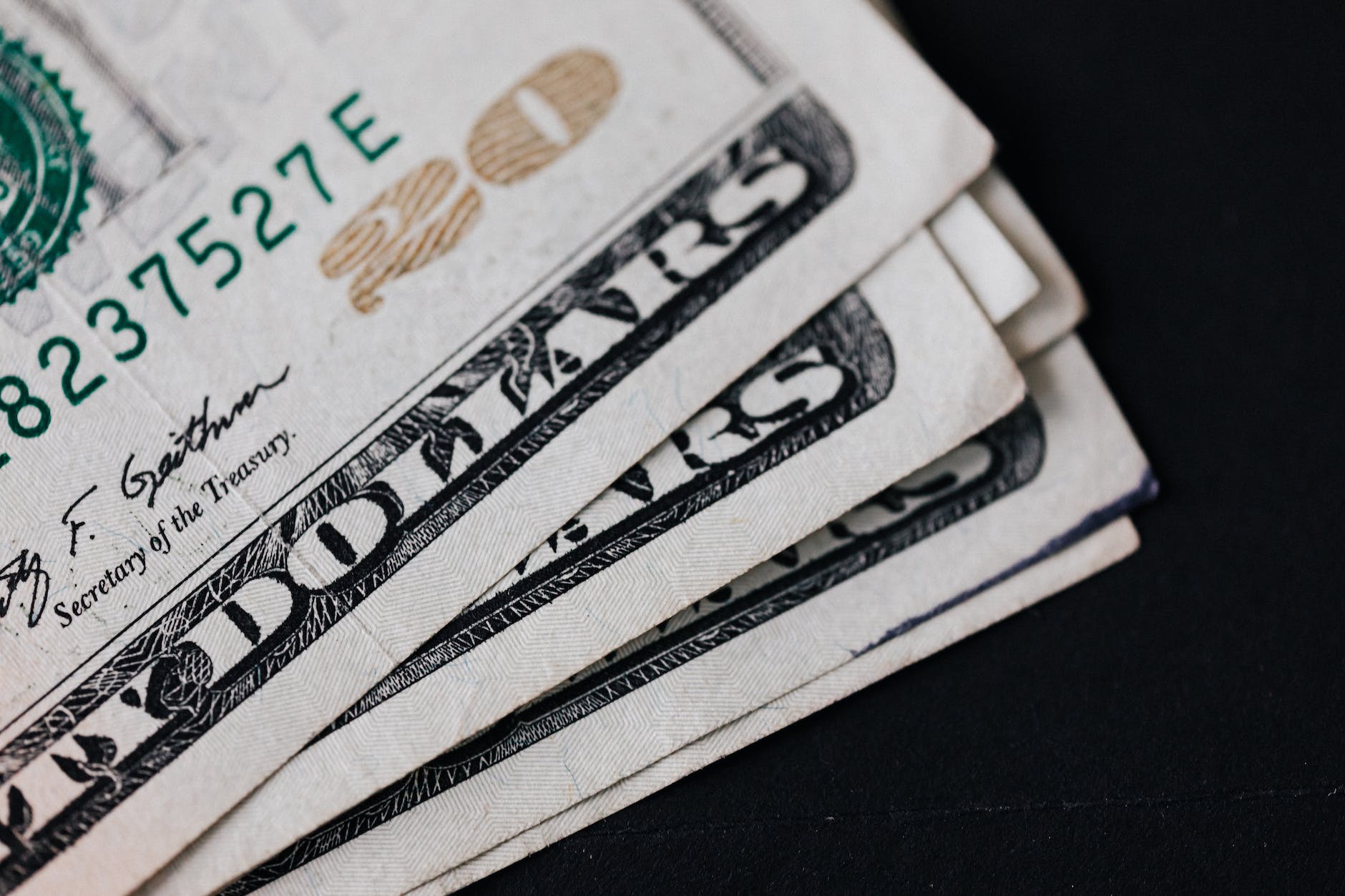Is My Money Safe in the Bank? Exploring Deposit Insurance in the US

The recent collapse of three medium-sized banks in America has caused many people to wonder whether their money is safe in the bank. In this article, we will explore deposit insurance in the US and answer the question, “Is my money safe in the bank?” We will discuss how deposit insurance works, the history of deposit insurance in the US, the current deposit insurance coverage, and whether deposit insurance should be expanded. We will also provide a table summarizing the deposit insurance coverage for different types of accounts.
How Does Deposit Insurance Work?

When you deposit money in a bank, you are essentially lending the bank your money. In return, the bank pays you interest on your deposit. However, the bank does not keep all your money in its vaults. Instead, it lends a portion of your money to other customers in the form of loans, such as mortgages, auto loans, and business loans. This is how banks make money.
However, this also means that banks are vulnerable to runs, where many customers withdraw their deposits at the same time. If too many customers withdraw their deposits, the bank may not have enough money to meet its obligations, leading to a bank failure.
Also Read: Is America a market economy or a mixed economy?
To prevent runs and protect customers, the US government established the Federal Deposit Insurance Corporation (FDIC) in 1933. The FDIC insures deposits in participating banks up to a certain amount. If a bank fails, the FDIC steps in and pays depositors the insured amount, up to the coverage limit.
The History of Deposit Insurance in the US

Bank failures were a common occurrence in the American economy in the 19th century. Customers’ logical course of action when a bank appeared to be in trouble was to withdraw funds. Bank failures became a self-fulfilling prophecy because no institution could withstand a wave of withdrawals.
Also Read: First Global Energy Crisis and Here’s How We Can Fix It- DAVOS 2023
Congress finally established the Federal Deposit Insurance Corporation (FDIC) during the Great Depression, which insured savings up to $2,500. Results appeared right away: only nine banks failed in 1934, the year the insurance went into force. 9,000 people had died from collapses in the four years prior.
The insurance coverage cap has progressively increased. Lawmakers increased the cap from $100,000 to $250,000 during the 2008 global financial crisis, where it is now. For the vast majority of Americans, that is adequate. Yet, some business accounts go over that cap—for example, to pay wages on a monthly basis.
Current Deposit Insurance Coverage

The FDIC insures deposits in participating banks up to a certain amount. The coverage limit is currently $250,000 per depositor per bank. This means that if you have multiple accounts in the same bank, the total amount of insurance coverage is $250,000. If you have accounts in different banks, each account is insured for up to $250,000.
The FDIC covers most types of deposits, including checking accounts, savings accounts, money market accounts, and certificates of deposit (CDs). However, some types of deposits are not covered, such as investments in stocks.
The table below summarizes the FDIC coverage limits for various account types:
| Account Type | Coverage Limit |
|---|---|
| Single Accounts | $250,000 per owner |
| Joint Accounts | $250,000 per co-owner |
| Revocable Trust Accounts | $250,000 per owner |
| Irrevocable Trust Accounts | $250,000 per beneficiary |
| Employee Benefit Plan | $250,000 per participant |
| Corporation, Partnership, LLC | $250,000 per entity |
| Government Accounts | $250,000 per agency |
The government’s ability to enforce prudent financial practices and manage systemic risk is critical for maintaining a stable financial system.
Should Deposit Insurance be Expanded?
The question of whether deposit insurance should be expanded is a contentious one. Supporters argue that expanding deposit insurance coverage could help prevent bank runs and financial panics. They point to the success of unlimited deposit insurance in countries like Canada and Australia, which have not experienced a bank failure since the implementation of unlimited deposit insurance.

Opponents of expanding deposit insurance argue that it could lead to reckless behavior by banks and undermine financial stability. They contend that it would encourage banks to take on excessive risk, knowing that their deposits are fully insured. Additionally, expanding deposit insurance would require higher contributions from banks to the FDIC-managed Insurance Fund, which would likely be passed on to customers in the form of higher fees and lower interest rates.
THANKS FOR READING
FAQ’S of Is My Money Safe in the Bank?
What is the safest bank to put your money in the USA?
There are many banks in the USA that are considered safe, and it’s important to do your own research before choosing a bank to entrust with your money. Some factors to consider when evaluating a bank’s safety include its financial stability, the level of FDIC insurance it offers, and its history of customer satisfaction. Popular banks that are often considered safe include Chase Bank, Bank of America, and Wells Fargo, among others.
Is it safe to put all your money in a bank?
Generally speaking, it is safe to keep your money in a bank. Banks are FDIC-insured up to $250,000 per depositor, which means that even if the bank were to fail, your money would be protected up to that amount. However, it’s important to diversify your investments and not rely solely on one bank or type of account.
What bank do millionaires use in the USA?
Millionaires in the USA use a variety of different banks, depending on their individual preferences and financial needs. Some popular banks among high-net-worth individuals include JPMorgan Chase, Bank of America, and Citibank.
Is there a limit on how much money you can have in a bank account?
There is no limit on how much money you can have in a bank account in the USA. However, keep in mind that FDIC insurance only covers up to $250,000 per depositor per bank, so it’s important to diversify your accounts if you have more than that amount. Additionally, some banks may have their own limits on how much you can deposit or withdraw at one time, so it’s important to check with your bank for specifics.




